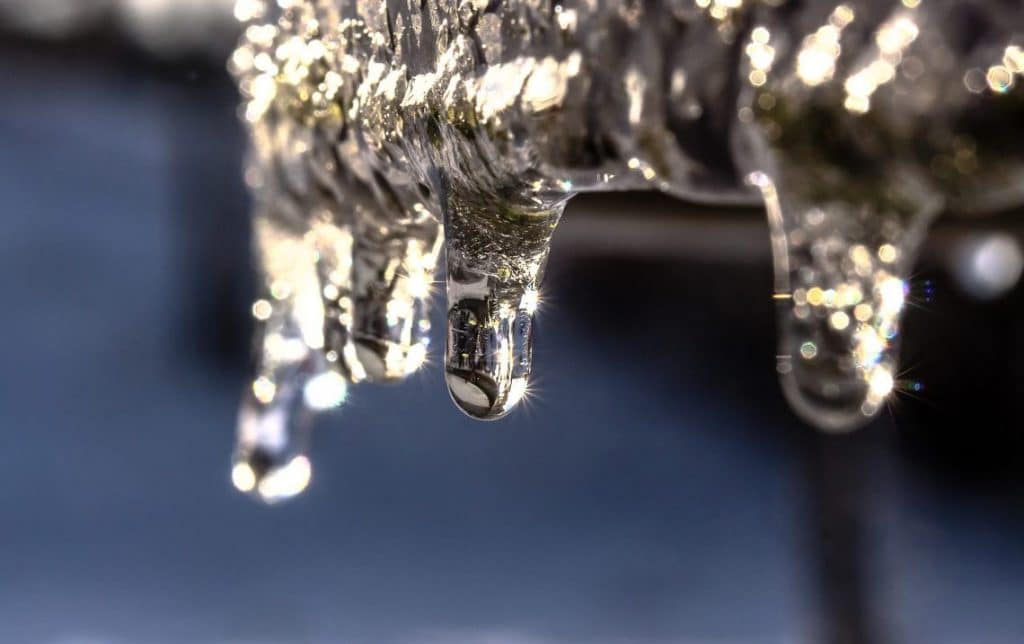This post following next involving How to prepare your home plumbing for winter weather is relatively enlightening. Don't overlook it.

Winter can damage your plumbing, especially by freezing pipes. Right here's just how to stop it from taking place and what to do if it does.
Introduction
As temperatures decrease, the threat of icy pipes boosts, possibly leading to pricey repairs and water damage. Recognizing how to prevent frozen pipes is critical for home owners in cool environments.
Recognizing Icy Pipelines
What triggers pipes to ice up?
Pipes freeze when exposed to temperatures listed below 32 ° F (0 ° C) for prolonged periods. As water inside the pipelines freezes, it expands, taxing the pipeline walls and possibly creating them to break.
Risks and problems
Icy pipelines can result in water supply disruptions, residential or commercial property damages, and pricey repair work. Burst pipelines can flooding homes and trigger extensive architectural damage.
Indications of Frozen Piping
Determining icy pipelines early can avoid them from breaking.
Exactly how to identify icy pipelines
Seek reduced water circulation from faucets, uncommon odors or noises from pipelines, and noticeable frost on subjected pipelines.
Avoidance Tips
Shielding susceptible pipelines
Cover pipelines in insulation sleeves or use heat tape to protect them from freezing temperature levels. Concentrate on pipes in unheated or exterior locations of the home.
Heating techniques
Maintain interior rooms appropriately heated up, specifically areas with pipes. Open up cupboard doors to permit cozy air to distribute around pipelines under sinks.
Shielding Outdoor Plumbing
Yard tubes and outdoor faucets
Detach and drain pipes yard tubes prior to winter season. Set up frost-proof faucets or cover outside faucets with insulated caps.
What to Do If Your Pipelines Freeze
Immediate actions to take
If you suspect frozen pipes, keep faucets available to eliminate stress as the ice melts. Utilize a hairdryer or towels soaked in hot water to thaw pipelines gradually.
Long-Term Solutions
Structural adjustments
Take into consideration rerouting pipelines far from exterior wall surfaces or unheated locations. Add added insulation to attic rooms, basements, and crawl spaces.
Updating insulation
Purchase top quality insulation for pipelines, attics, and wall surfaces. Appropriate insulation aids preserve regular temperatures and lowers the danger of icy pipes.
Final thought
Avoiding icy pipelines requires aggressive procedures and fast actions. By understanding the reasons, signs, and safety nets, property owners can shield their plumbing during winter.
6 Proven Ways to Prevent Frozen Pipes and Protect Your Home
Disconnect and Drain Garden Hoses
Before winter arrives, start by disconnecting your garden hoses and draining any remaining water. Close the shut-off valves that supply outdoor hose bibs and leave the outdoor faucet open to allow any residual water to drain. For extra protection, consider using faucet covers throughout the colder months. It’s also important to drain water from any sprinkler supply lines following the manufacturer’s directions.
Insulate Exposed Pipes
Insulating your pipes is an effective way to prevent freezing. Pipe insulation is readily available at home improvement stores and is relatively inexpensive. Pay close attention to pipes in unheated areas such as the attic, basement, crawl spaces, or garage. Apply foam insulation generously to create a buffer against the cold. You can also wrap your pipes in heat tape or thermostat-controlled heat cables for added warmth.
Seal Air Leaks
Inspect your home for any cracks or openings that could let in cold air. Seal any holes around the piping in interior or exterior walls, as well as the sill plates where your home rests on its foundation. Additionally, make sure to keep your garage door closed unless you’re entering or exiting. Leaving it open creates a significant air leak that can lead to frozen pipes.
Allow Warm Air Circulation
During cold snaps, it’s essential to allow warm air to circulate evenly throughout your home. Leave interior doors ajar to promote better airflow. Open kitchen and bathroom cabinets to help distribute heat consistently around the rooms. If you have small children or pets, be sure to remove any household chemicals or potentially harmful cleaners from open cabinets for safety.
Let Faucets Drip
A small trickle of water can make a big difference in preventing ice formation inside your pipes. When temperatures drop significantly, start a drip of water from all faucets served by exposed pipes. This continuous flow helps prevent the water from freezing. Additionally, running a few faucets slightly can relieve pressure inside the pipes, reducing the chances of a rupture if the water inside does freeze.
https://choateshvac.com/6-proven-ways-to-prevent-frozen-pipes-and-protect-your-home/

I have been very focused on 6 Ways to Prevent Frozen Pipes and I hope you appreciated the new post. Enjoyed our blog entry? Please share it. Help others locate it. We cherish reading our article about How to Prevent Your Pipes From Freezing.
Here
Comments on “Important Advice to Prevent Frozen Plumbing in Cold Weather: Expert Insights”